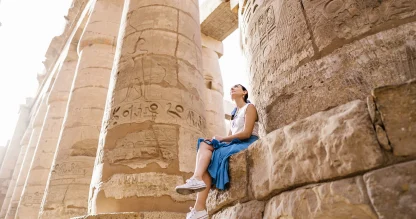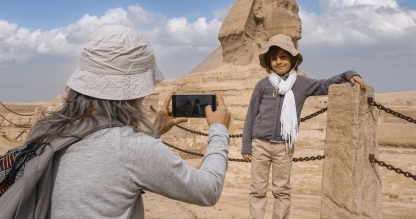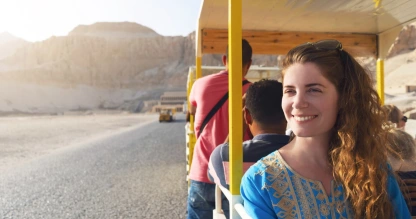The Egyptian Museum in Cairo: A Treasure Trove of Ancient Wonders
The Ultimate Guide to the Egyptian Museum in Cairo
The Egyptian Museum, a majestic landmark in central Cairo, serves as a timeless vault preserving Egypt's ancient legacy. This treasure-filled institution draws museum lovers, archaeologists, and curious wanderers from around the globe to explore its captivating exhibits. From prehistoric relics to Roman and Islamic-era artifacts, the museum charts Egypt's evolving civilization like no other. Whether you're a history nerd or a casual visitor, it's a fascinating journey through time—an immersive, soul-stirring experience tucked behind its grand neoclassical facade.
The Origins and Legacy of the Egyptian Museum
Founded in 1835, the Egyptian Museum in Cairo is a symbol of Egypt’s dedication to preserving its ancient past. It houses one of the world’s richest archaeological collections, reflecting a legacy of cultural protection and national pride.
How the Museum of Egyptian Antiquities Cairo Was Founded
Originally sheltered in the Cairo Citadel, the collection moved to Boulaq in 1858 under Auguste Mariette. After a flood in 1878, it relocated to Giza, then finally to Tahrir Square in 1902—its current and most iconic home.
The Role of Marcel Dourgnon in Its Design
French architect Marcel Dourgnon’s winning neoclassical design merged elegance with Egyptian symbolism. Laid in 1897, the foundation marked a new era of museum architecture, with interiors that trace Egypt’s history chronologically.
Why It Became a Model for Museums in the Region
As the Middle East’s first purpose-built archaeological museum, it set the standard for exhibition design. Its immersive layout and comprehensive timeline of Egyptian civilization made it a benchmark for cultural institutions across the region.
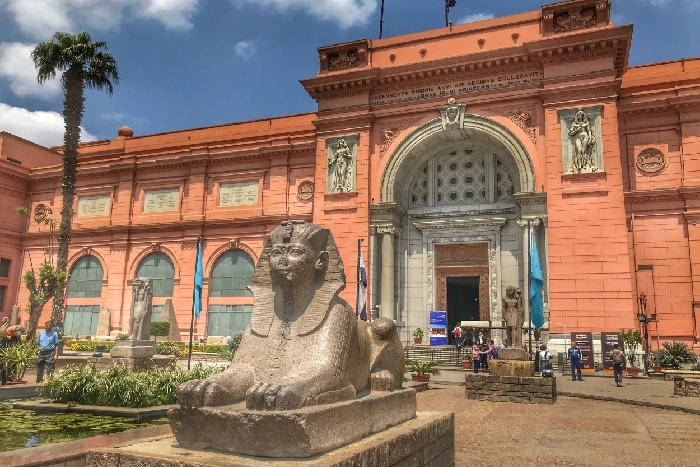
Iconic Treasures of the Egyptian Museum
Among the museum’s countless relics, a few masterpieces shine brightest. Tutankhamun’s golden mask—crafted from solid gold and inlaid with precious stones—remains a breathtaking symbol of ancient craftsmanship.
The Rosetta Stone, engraved in Hieroglyphic, Demotic, and Greek, was the key to unlocking ancient Egypt’s written language.
Other must-see wonders include the colossal statue of Ramses II, the Narmer Palette, the regal statue of Khafre, and the mummy of Queen Hatshepsut—all powerful testaments to Egypt’s timeless legacy.
Exploring the Egyptian Museum
From colossal statues to Tutankhamun’s golden treasures, the museum guides you through Egypt’s history—from early dynasties to the New Kingdom. Highlights include the Royal Mummy Room and timeless artifacts that bring ancient Egypt to life. It’s not just a visit—it’s a journey into a remarkable civilization.
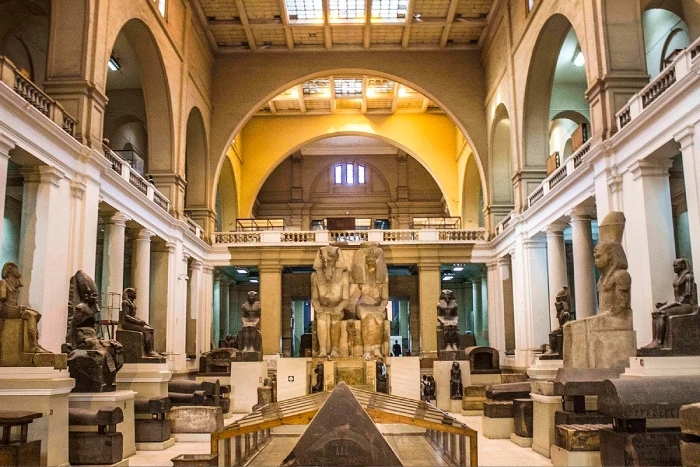
Inside Egyptian Museum Cairo: Must-See Artifact
The museum offers a powerful journey through ancient Egypt, where every artifact tells a timeless story of creativity, devotion, and cultural splendor.
1- Tutankhamun's Treasures and Golden Mask
Tutankhamun’s golden mask and nested sarcophagi showcase royal opulence and the sacred care given to Egypt’s boy king.
2- The Royal Mummies Room
Though relocated, the memory of Egypt’s great rulers—like Ramesses II and Thutmose III—still lingers in the museum’s legacy.
3- The Narmer Palette and Old Kingdom Statues
The Narmer Palette marks Egypt’s unification, while lifelike statues from the Old Kingdom reveal deep emotional artistry.
4- Middle Kingdom Jewelry and Coffins
Elegant gold jewelry reflects divine symbolism and the ancient belief in eternal beauty.
5- Papyrus and Daily Life Artifacts
Papyrus scrolls and daily objects—games, mirrors, and contracts—bring ancient lives into vivid, relatable focus.
6- Rare Greco-Roman and Nubian Collections
Artifacts from Greco-Roman Egypt and Nubia highlight a rich blend of cultures and artistic mastery along the Nile.
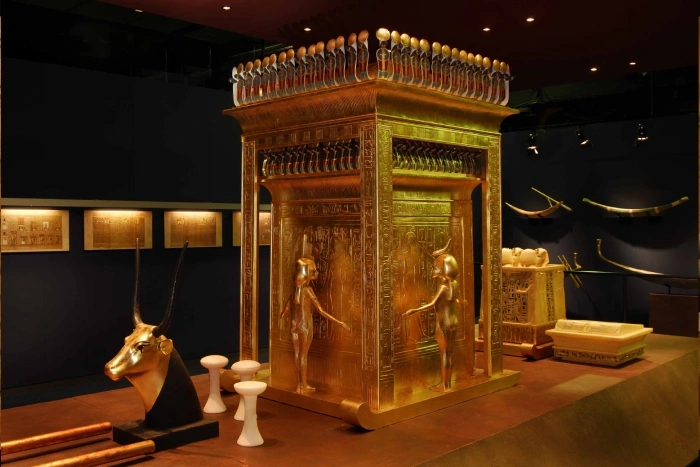
The Egyptian Museum’s Lasting Importance
A national symbol, the museum enriches Egypt’s cultural, educational, and economic life.
- A Global Cultural Magnet
It draws global tourists, fosters cultural exchange, and boosts the tourism industry.
- A Hub for Learning and Discovery
The museum supports Egyptology research, offering vital resources for scholars and students
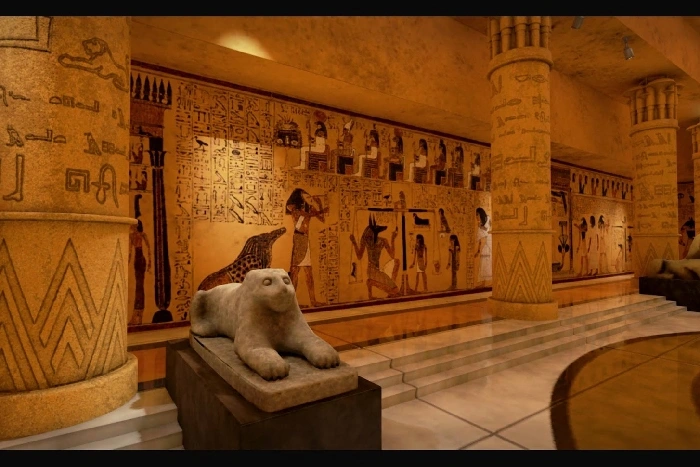
Visitor Guide: How to Make the Most of Your Trip
To truly absorb the magic of the Egyptian Museum, it’s not just about what you see—but how and when you explore. With a little planning, your visit becomes a powerful personal journey through time.
- Best Time of Year to Visit
October to April offers the most pleasant weather, ideal for wandering museum halls cooled by natural airflow. Arrive early on weekdays for a quieter, more reflective experience—before crowds and school groups arrive.
- Ticket Prices and Opening Hours
Open daily from 9 AM to 5 PM (last entry at 4 PM, or 3 PM during Ramadan). Phone photography is free; professional gear requires a permit.
- Photography and Security Rules
Phones are welcome—without flash. Professional photos or video need advance approval. No large bags, sharp items, or food allowed, but small water bottles are fine. Note: No photography is permitted in the Tutankhamun gallery.
- Tips for Navigating the Museum Layout
Head to the Tutankhamun exhibit first to beat the crowds. Instead of trying to see it all, focus on eras or themes that intrigue you. Guided tours are great—but self-guided visits also offer rich, personal discoveries thanks to improved signage.
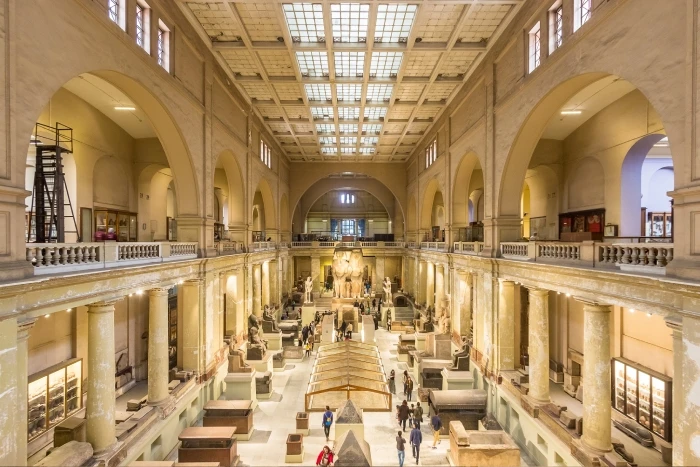
The Future of the Egyptian Museum and Its Legacy
Egypt’s heritage is evolving, with the Egyptian Museum in Cairo and the Grand Egyptian Museum (GEM) working together to protect and celebrate the nation's ancient legacy—honoring the past while embracing the future.
The Grand Egyptian Museum Project
Rising near the Pyramids of Giza, the GEM will become the world’s largest archaeological museum, featuring over 100,000 artifacts—including the full Tutankhamun collection. Set to open by late 2025, it promises a modern, immersive experience rooted in Egypt’s golden age.
What Will Remain in the Old Museum
The Cairo museum isn’t fading away—it’s being reimagined as a "museum of museums." Supported by Egypt’s Ministry of Tourism and the EU, it aims to join UNESCO’s World Heritage List. Its vast reserves of unseen artifacts are now part of its future exhibitions.
Preservation and Restoration Efforts
Over 6,500 artifacts have been restored, including rare Old Kingdom wall reliefs. A U.S.-funded project is also preserving over 600 wooden coffins, showcasing global commitment to protecting Egypt’s timeless treasures.
Cultural Significance in Modern Egypt
Egypt’s museums are central to national identity and tourism growth. International partnerships reflect how ancient Egyptian heritage continues to inspire, educate, and connect people worldwide.
Why the Original Still Matters
- First purpose-built museum in the region
- Prime location in Downtown Cairo
- Smaller scale, more personal atmosphere
Despite artifact transfers, the Egyptian Museum will remain a cultural landmark, with plans for renovation, new exhibits, and expanded educational programs ensuring its lasting relevance.
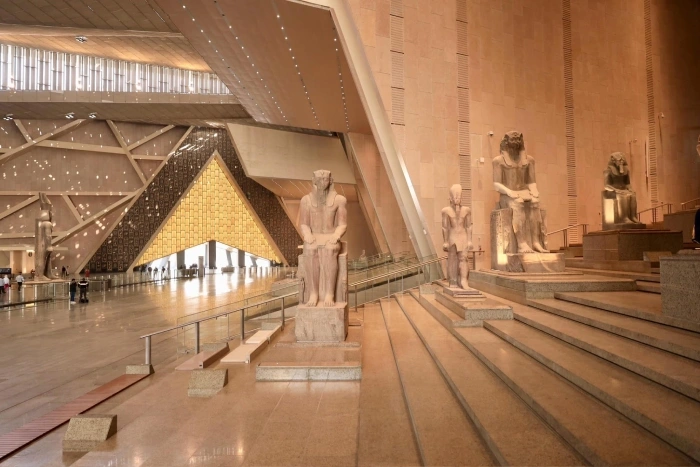
Conclusion :
The Egyptian Museum in Cairo is a powerful tribute to humanity’s shared past. From royal treasures to everyday relics, it connects us to ancient lives and timeless dreams. Best explored in cooler months and quiet mornings, the museum offers a reflective journey through history. Alongside the Grand Egyptian Museum, it forms a harmonious legacy—preserved by dedicated hands for future generations. More than a museum, it's a soul-stirring reminder of who we were—and still are.
FAQs :
1. What are the must-see artifacts at the Egyptian Museum in Cairo?
Tutankhamun’s mask, Narmer Palette, Old Kingdom statues, Middle Kingdom jewelry, and Greco-Roman pieces. Royal mummies now at NMEC.
2. When is the best time to visit the Egyptian Museum?
October–April; weekdays and early mornings are best.
3. What are the ticket prices and opening hours for the Egyptian Museum?
Open 9 AM–5 PM; tickets: EGP 550 (adults), EGP 275 (students), locals pay less.
4. Are there any photography restrictions in the Egyptian Museum?
Phones allowed (no flash); no photos in Tutankhamun gallery; permits needed for pro gear.
5. How will the Grand Egyptian Museum affect the existing Egyptian Museum in Cairo?
GEM gets major collections; Cairo museum stays open, upgraded as a cultural landmark.
6. Where is the Egyptian Museum located?
It’s located in Tahrir Square, in the heart of downtown Cairo, Egypt.
7. How much is the entrance fee to the Egyptian Museum?
Ticket prices vary for Egyptians, residents, and foreign tourists. Additional fees may apply for cameras or special exhibitions.
8. Is the Royal Mummies Hall still in the Egyptian Museum?
No. The Royal Mummies have been relocated to the National Museum of Egyptian Civilization (NMEC) in Fustat.
9. Can I take photos inside the museum?
Yes, but a photography pass is required for taking photos. Flash photography is prohibited.
10. How long does it take to explore the museum?
Most visitors spend 2–4 hours. History enthusiasts may spend an entire day.
11. Is there a guided tour available at the museum?
Yes, guided tours are available both through the museum and via independent Egyptologists or tour agencies.
12. What is the best time to visit the Egyptian Museum?
Morning hours on weekdays are ideal to avoid large crowds and enjoy a quieter experience.
13. Will the museum be replaced by the Grand Egyptian Museum (GEM)?
No. While many artifacts are being relocated to the new GEM in Giza, the Egyptian Museum in Tahrir will continue operating as a historic and cultural institution.
Explore Egypt’s ancient wonders with Egypt travel packages that include the iconic Egyptian Museum in Cairo—book your cultural escape now!
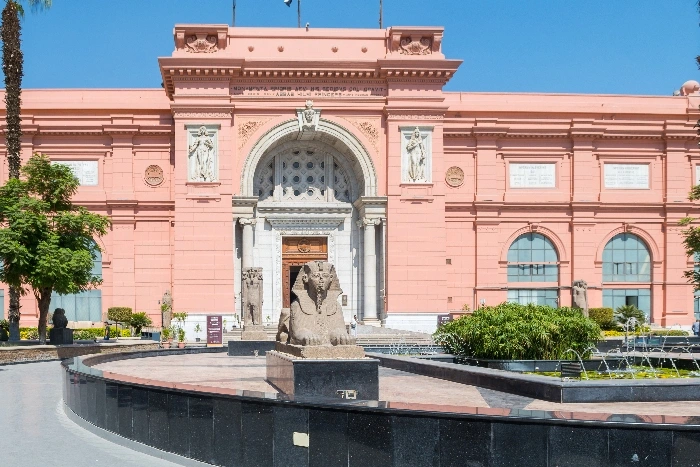
Happy Travellers with Cairo Nile Cruise!
Take a look at our top Egypt Tours reviews, where you will find firsthand insights from our very own Intrepid travellers.

